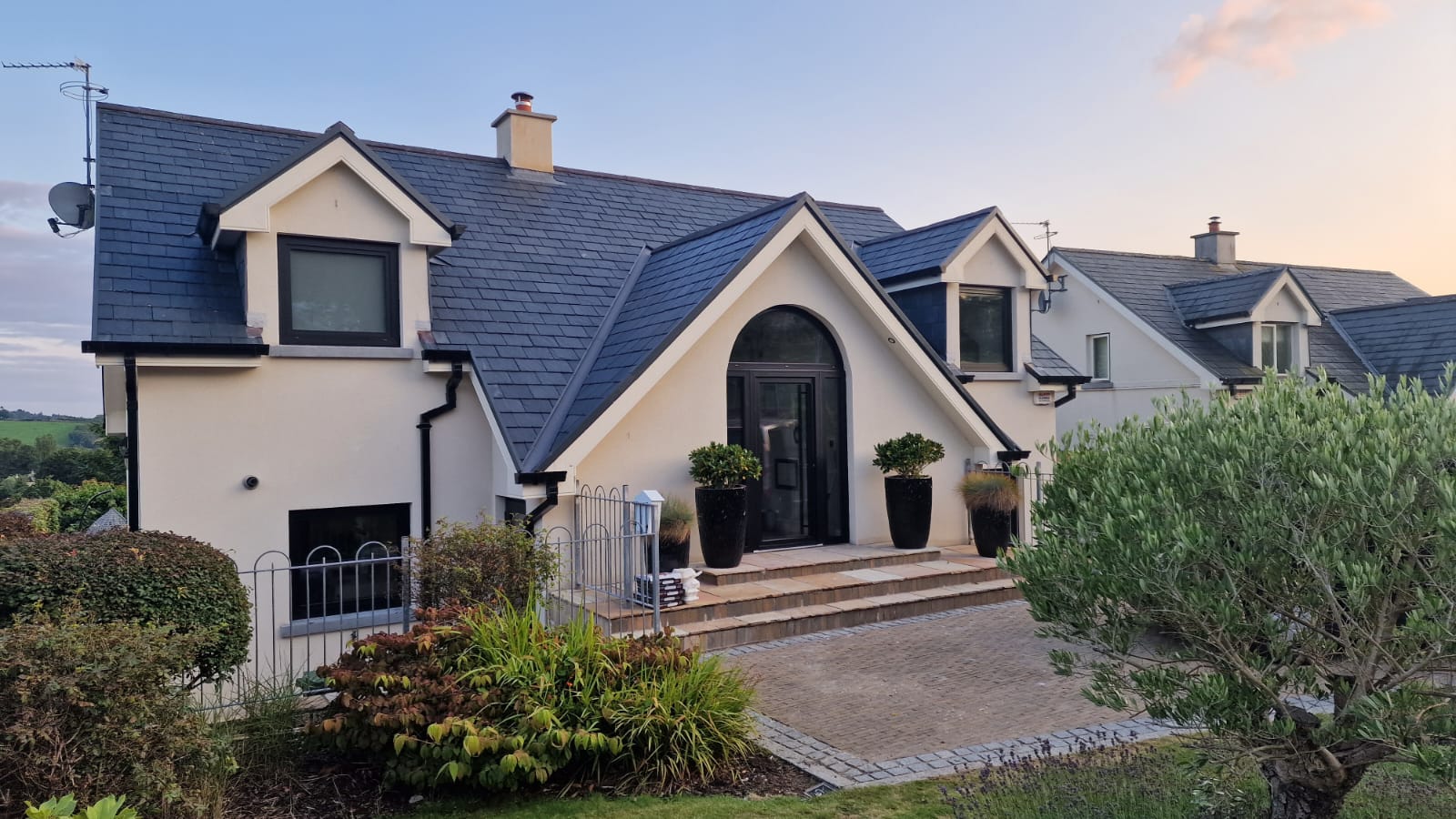
Which architectural elements do you visualise most often when thinking of your dream house? Well, for many of us these are windows and doors. But they are far more than just decorative elements — they strongly affect our home’s comfort, energy use and security. Whether you’re renovating or building from scratch, knowing how to choose windows and doors is essential to making the right long-term investment. In this guide we’ll advise you on how to successfully navigate through different window and door materials, energy ratings, and style options.
How to choose the best windows for your home
The whole window purchasing process should never be an impulse buy. While it can be tempting to act on a seemingly good deal or select based on appearance alone, you should always take your time and approach the process carefully. Remember that once installed, windows typically stay in place for 10–20 years or more. A poor choice means living with the consequences for years—or paying to replace your joinery far earlier than expected.
If you’re still unsure how to choose new windows, we advise to give a thought to the following factors:
Match the style to your house and preferences
Choose a style that matches your home’s architecture (casement, sash, tilt & turn, fixed, etc.) and suits how you want the window to open and function.
Think of cost and warranty
Balance upfront cost with long-term value in energy savings, durability, and maintenance. Check for a solid warranty—ideally 2+ years.
Improve energy efficiency
Look for available glazing packages and check energy ratings to ensure the windows will help lower your energy bills.
Plan for moisture control
Particularly in modern homes with high insulation, moisture buildup is a real risk. Systems that allow micro-venting help maintain air quality without jeopardising insulation.
Ensure installation is top quality
Even a premium window can fail if fitted badly. As proper installation is part of the product’s performance, so always confirm final measurements before the windows are manufactured.
What to look for when buying new windows
Believe it or not, but two windows that look similar on the surface, can vary dramatically in terms of their performance. Understanding what to pay attention to when buying new windows ensures you invest in comfort, not just style. To make informed choices and know how to choose energy efficient windows, you’ll need to grasp the following technical parameters:
Frame material: The most popular materials are aluminium and uPVC. We’ll put it short: if style, durability and impressive glazing are your priorities, aluminium may be the better choice. But if you’re budget-conscious and want good thermal performance in various finishes and colours, uPVC is a strong contender.
Glazing: Double or triple glazing, often with inert gas fills (argon or krypton), help with insulation and sound suppression.
U-value: This measures how well a window retains heat. The lower the U-value, the better the insulation.
Warm edge spacers: These reduce heat loss at the edges of the window.
Seals, gaskets, and airtightness: These ensure your window resists drafts, moisture, and energy loss.
Hardware and locks: The strength and arrangement of hinges and multipoint locks, as well as reinforced frames and security glass are crucial for durability and safety.
Opening mechanisms: Whether windows open inward or outward affects cleaning, space, and usability.
Getting comfortable with these terms helps you spot differences in supplier offers that might otherwise hide under marketing language!
Front doors: function and first impressions
Moving on to the choice of front doors, we have to agree on the following: while eye-catching aesthetics is one of the most crucial door features, great functionality is equally important. Just like in the case of windows, knowing how to choose doors is about balancing design, function, and performance.
When considering how to choose a front door, think about:
Security: Look for solid cores and high-quality locking mechanisms.
Insulation: Like windows, doors can lose heat — check energy performance ratings.
Weather resistance: A front door must withstand wind, rain, and temperature changes.
Curb appeal: Choose timber-effect composite doors and classic wooden doors for traditional doors or look for sleek composite or aluminium doors when your home is built in a modern and minimalist style
In order to combine design and functionality when buying a front door, you have to choose a style that complements your home’s architecture while ensuring it is made from long-lasting, weather-resistant materials. Read on to find out which door materials offer durability, strong security features and include energy-efficient insulation.
How to pick the best front door material
All the most popular front door materials have their own strengths, so the best option clearly depends on your priorities and budget.
Wood can be easily customised with stains, paints, or carved designs. It provides good insulation, but requires regular maintenance to protect against moisture, warping, and wear over time.
Steel composite doors combine a steel outer layer with a core of insulating materials like foam or wood. They offer excellent security and durability while being energy-efficient and resistant to warping or cracking.
Aluminium doors are incredibly strong yet lightweight, resistant to rust and corrosion, and require little upkeep. High-quality aluminium doors provide good thermal insulation, especially when paired with warm edge spacers.
uPVC is the most practical and budget-friendly option, widely used for its low maintenance and weather-resistant properties. It doesn’t rot, rust, or fade easily and provides decent thermal efficiency.
Conclusion
Figuring out how to choose windows and doors doesn’t have to be complicated. With the right information and a focus on quality, efficiency, and style, you’ll enhance your home’s comfort and value for years to come. Don’t simply pick the cheapest option. A more efficient window or door might save energy bills over time, pay back the extra cost, and lead to better comfort and durability. Choosing the right supplier also makes a difference. Companies like Fenbro offer expert advice, high-quality joinery, and energy-efficient solutions tailored to your home.






